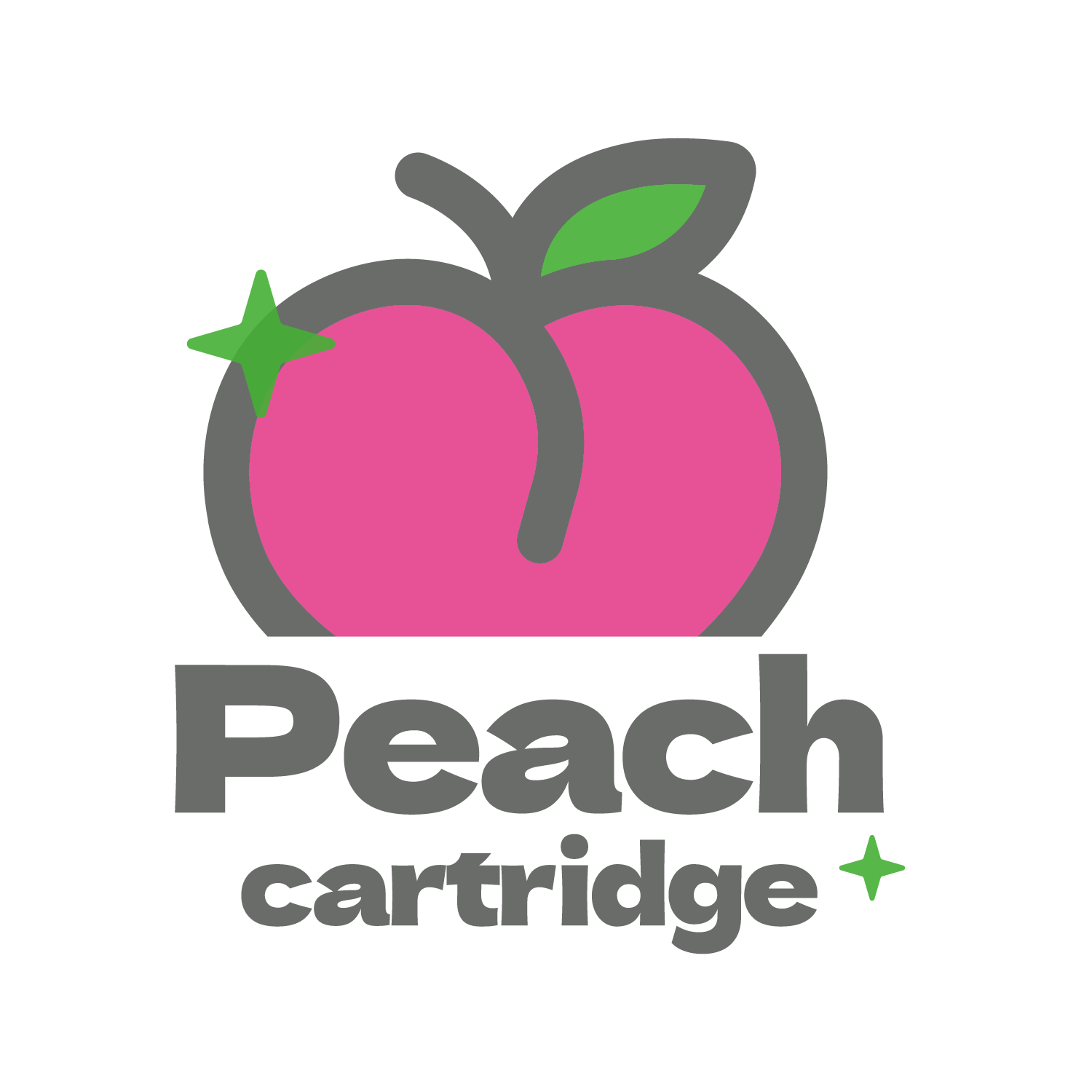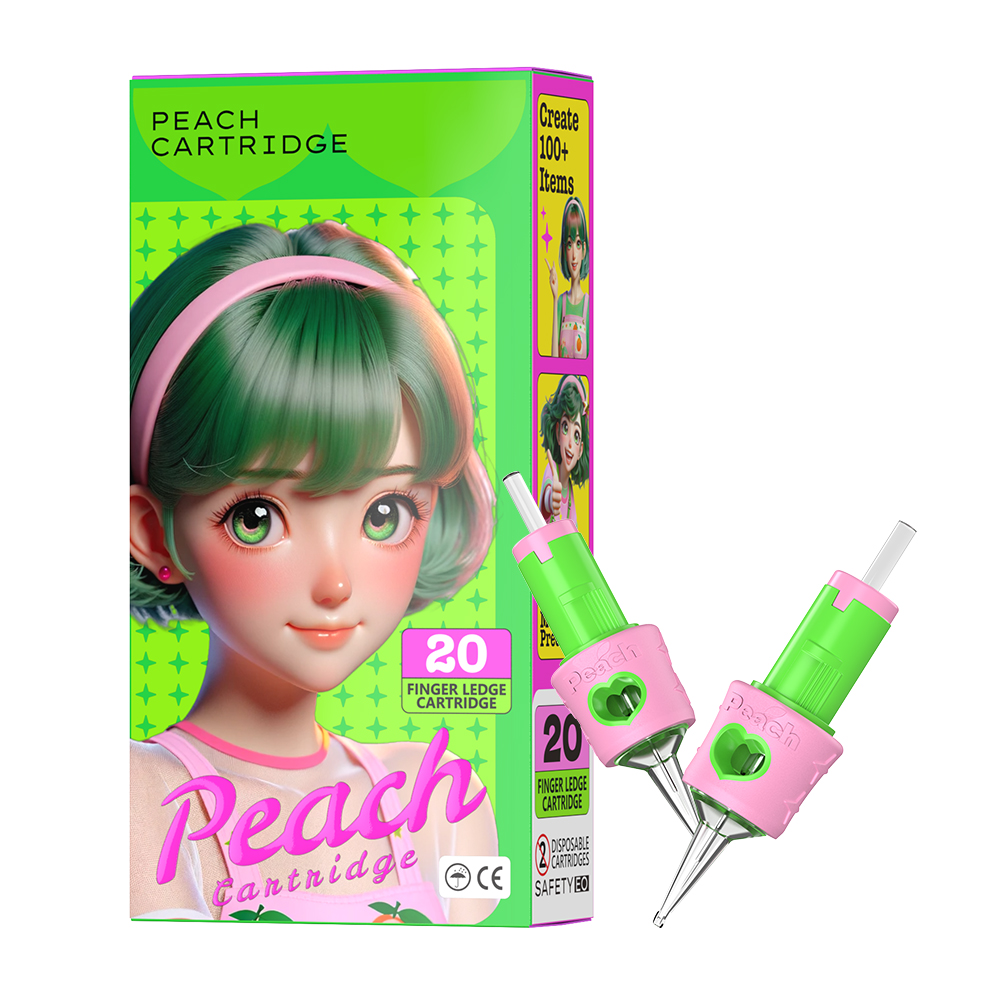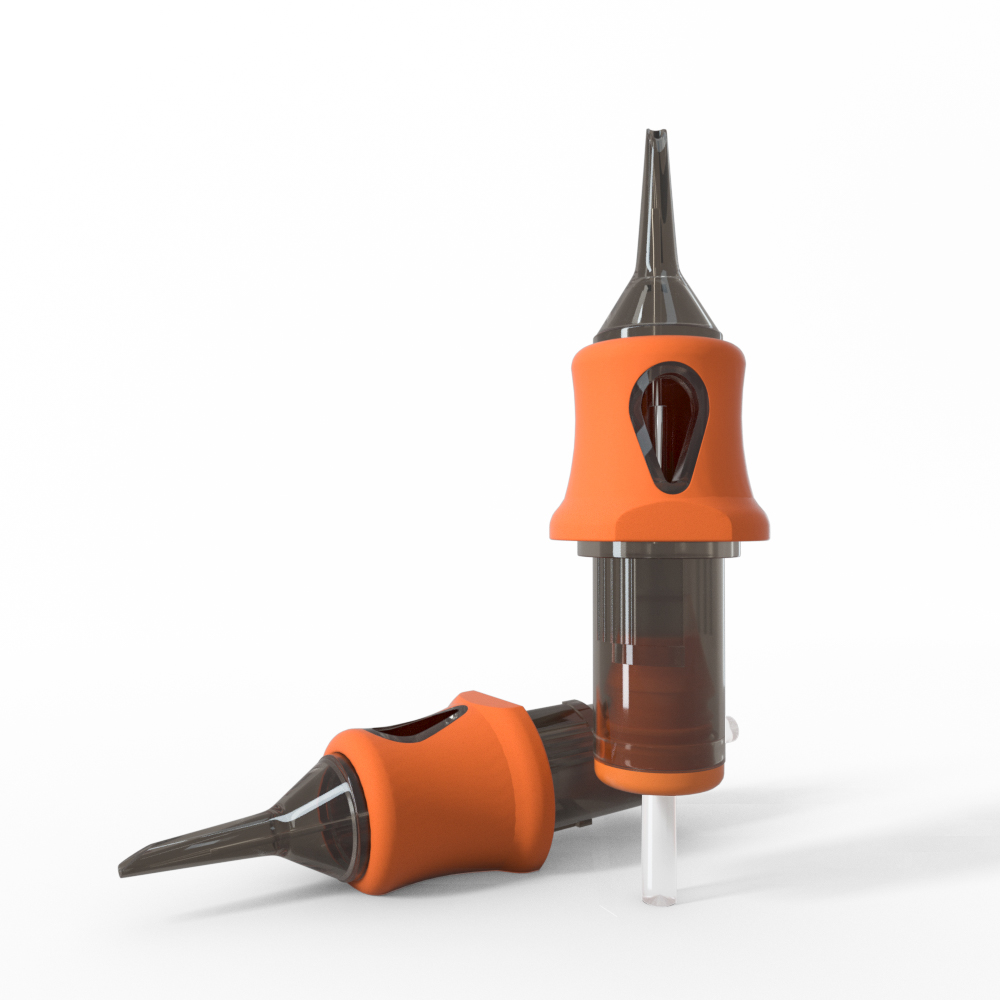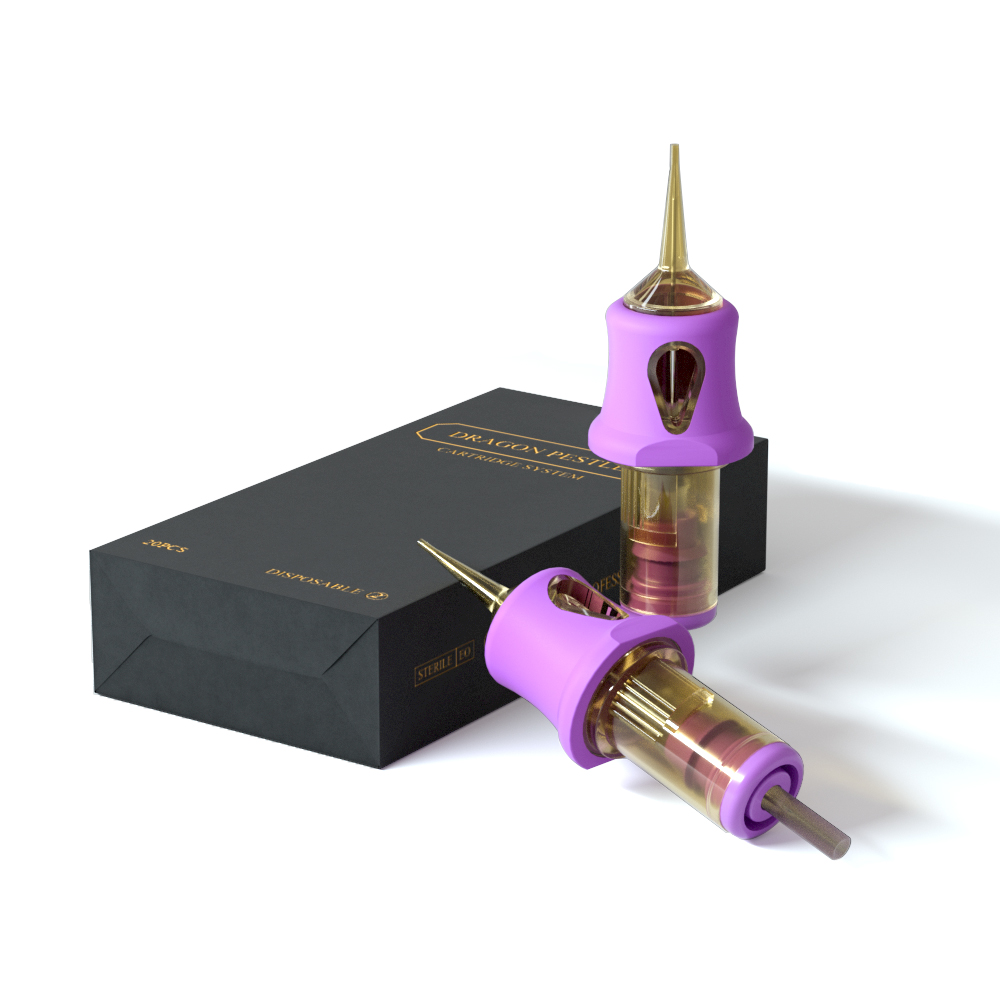A: Round Liner Needles
Round liner needles are the workhorses of laying out. They are available in arrangements varying from 1RL (solitary needle) to 14RL or even more. I frequently make use of 3RL for great lines and 7RL or 9RL for bolder describes. These needles create crisp, defined lines and are vital for accuracy work.
B:Round Shader Needles
When it concerns shading and producing gradients, round shader needles are my best selection. They generally range from 3RS to 17RS or greater. The tighter grouping of these needles allows for smooth blending and soft shading impacts.
C:Magnum Needles
| Type | Description | Common Uses |
|---|---|---|
| Stacked Magnum (M1) | Tightly grouped needles in a rectangle-shaped formation | Bold shade packing, strong fills up |
| Bent Magnum (M2) | Needles arranged in a bent formation | Soft shielding, color mixing |
D:Flat Needles
Level needles are arranged in a solitary row and are exceptional for creating strong lines and sharp information. They are available in arrangements like 5F, 7F, or 9F. I locate them specifically beneficial for techniques like whip shading or producing texture in specific designs.
E:Textured Needles
These are specific needles with unique tip developments made to create details impacts:
- Bugpin Needles: Finer than typical needles, fantastic for detailed job
- Distinctive Magnums: Create intriguing appearances and patterns in shading
- Cartridge Needles: All-in-one needle and tube systems for ease and security

II:Selecting the Right Tattoo Needle
A:Tattoo Style and Design
The design of tattoo you’re creating plays a significant function in needle option. For great lines and thorough job, I select smaller needle groupings like 3RL or 5RL. Larger groupings such as 13M or 15M are excellent for vibrant lines and shielding bigger areas. Always match the needle configuration to the intricacy and range of your design.
B:Skin Type and Location
Different areas of the body and differing skin types call for certain needle factors to consider. Thinner skin, like that located on the inner arms or ribs, usually take advantage of smaller sized needle collections to avoid trauma. On the other hand, tougher areas like the back or legs can handle larger collections. I always analyze the client’s skin prior to making my last needle choice.
C:Ink Flow and Saturation
The desired ink saturation likewise affects needle option. For solid, opaque areas, I favor magnum or flat needles that can hold and deposit even more ink. Round liners are my go-to for crisp lines and accurate information work where much less ink saturation is required.
D:Customer Pain Tolerance
While not the main element, I do consider a customer’s discomfort tolerance when picking needles. Smaller sized collections normally trigger less discomfort, which can be helpful for sensitive customers or lengthy sessions. Nonetheless, I never ever jeopardize on the top quality of the tattoo for decreased discomfort.
E:Individual Technique and Experience
As you get experience with various tattoo needles, you’ll develop preferences based on your method. I’ve located that particular needle configurations match my design better than others. It’s vital to experiment with numerous types to discover what jobs best for you while still adapting to each unique tattoo project.
III:Maintaining and Caring for Tattoo Needles
A:Sterilization
| Sterilization Method | Temperature level | Period |
|---|---|---|
| Autoclave | 121 ° C (250 ° F | ) 15-20 minutes |
B:Storage space
Proper storage is important to maintain the sterility of needles. I save my decontaminated needles in sealed, sterile product packaging up until they’re prepared for use. This prevents contamination and guarantees they stay in immaculate condition.
C:Inspection
Before each usage, I thoroughly examine my different tattoo needles for any kind of indications of damage or wear. This consists of checking for bent ideas, corrosion, or any type of various other imperfections that could influence the quality of the tattoo or posture a threat to the client.
D:Disposal
After usage, I always dispose of needles in an assigned sharps container. This technique avoids unintentional needle sticks and ensures correct handling of potentially biohazardous products.
E:Cleansing
| Cleaning Step | Method | Duration |
|---|---|---|
| Pre-cleaning | Rinse with pure water | 30 seconds |
| Ultrasonic cleansing | Immerse in cleansing solution | 10-15 minutes |
| Last rinse | Wash with pure water | 1 min |
IV:Typical Issues with Tattoo Needles
A:How Can Needle Flexing Affect Tattoo Quality?
In my years of experience, I’ve encountered numerous concerns with different tattoo needles that can impact the high quality of tattoos and the total tattooing process. One typical trouble is needle flexing or damaging during usage. This can take place as a result of too much stress, improper angle, or making defects. It’s essential to inspect needles prior to and during use to ensure they stay straight and undamaged.
B:What Causes Needle Blocking and How to Prevent It?
One more problem I’ve frequently observed is needle blocking. This takes place when ink, skin particles, or other particles build up in the needle collection, restraining ink circulation and influencing line high quality. Regular cleansing throughout the tattooing procedure and appropriate ink consistency can assist mitigate this problem.
B:Why Is Needle Depth Inconsistency a Problem?
Needle deepness inconsistency is additionally a significant issue. If the needle depth isn’t appropriately set or kept, it can result in unequal ink deposition, resulting in irregular or irregular tattoos. This issue usually stems from incorrect equipment adjusting or inexperience in taking care of various tattoo needles.
D:How Can Contamination Compromise Tattoo Safety?
Contamination is possibly one of the most major issue I’ve encountered. Using non-sterile needles or incorrect handling can introduce germs or other contaminants, causing infections or other wellness issues. Strict adherence to sanitation procedures and appropriate needle storage space is crucial to avoid this.
V:Advanced Needle Techniques
A:What is the Whip Shading Technique?
As tattoo creativity evolves, so do the strategies used to develop intricate and sensational layouts. Advanced needle methods allow musicians to push the boundaries of what’s feasible with different tattoo needles. One such strategy is the “whip shading” approach, where the artist uses a magnum needle in a fast, whipping movement to create soft gradients and depth.
B:How Does Whip Shading Enhance Portraits?
Another innovative method is “stippling,” which involves utilizing a solitary needle to produce texture and shading through a series of small dots. This technique is superb for creating a vintage or etched look and works well with both lining and shader needles. The thickness and spacing of the dots determine the overall effect.
C:Why Use Magnum Needles for Whip Shading?
Color packing is a sophisticated strategy that requires precision and ability. It entails utilizing bigger groups of needles, such as magnums or round shaders, to saturate an area with lively shade. This technique is critical for developing vibrant, long-lasting tattoos with also color distribution.
D:Needle Combinations for Advanced Effects
| Result | Needle Combination | Method |
|---|---|---|
| Fine Line Work | Solitary needle lining + 3RL | Rotating needles for diverse line weight |
| Soft Shading | 5RS + 7M1 | Layering round shader with magnum for smooth shifts |
| Distinctive Backgrounds | 9RL + 13M | Utilizing lining for stippling and magnum for wash effects |
VII:Conclusion
Worldwide of tattooing, recognizing different tattoo needles is vital for attaining the wanted outcomes. Throughout my years of experience, I’ve involved appreciate the nuances of each needle type and their details applications. From the accuracy of lining needles to the broad protection of magnum needles, each offers an one-of-a-kind objective in developing magnificent body art.
Frequently Asked Questions
The most typical various tattoo needles consist of rounded liners, round shaders, flat shaders, and magnum needles. Each type offers a details objective in developing various tattoo styles and results.
Tattoo needles ought to be replaced after each usage. They are created for single-use only to maintain hygiene standards and make certain ideal efficiency.
No, recycling tattoo needles is extremely harmful and underhanded. It can bring about infections, cross-contamination, and major health threats. Always use brand-new, clean and sterile needles for every tattoo session.
Lining needles are commonly tighter grouped and utilized for developing describes and fine information. Shader needles have an even more vast arrangement and are made use of for filling out larger areas and creating shading impacts.
The option of needle dimension relies on the tattoo design, style, and positioning. Usually, smaller sized needles (3-5RL) are utilized for great information, while bigger needles (7-9RL or magnums) are used for bold lines and shading.
Cartridge needles are pre-sterilized, all-in-one systems that combine the needle and tube. They offer quicker configuration and malfunction times contrasted to conventional needles, which need separate assembly with tubes.



